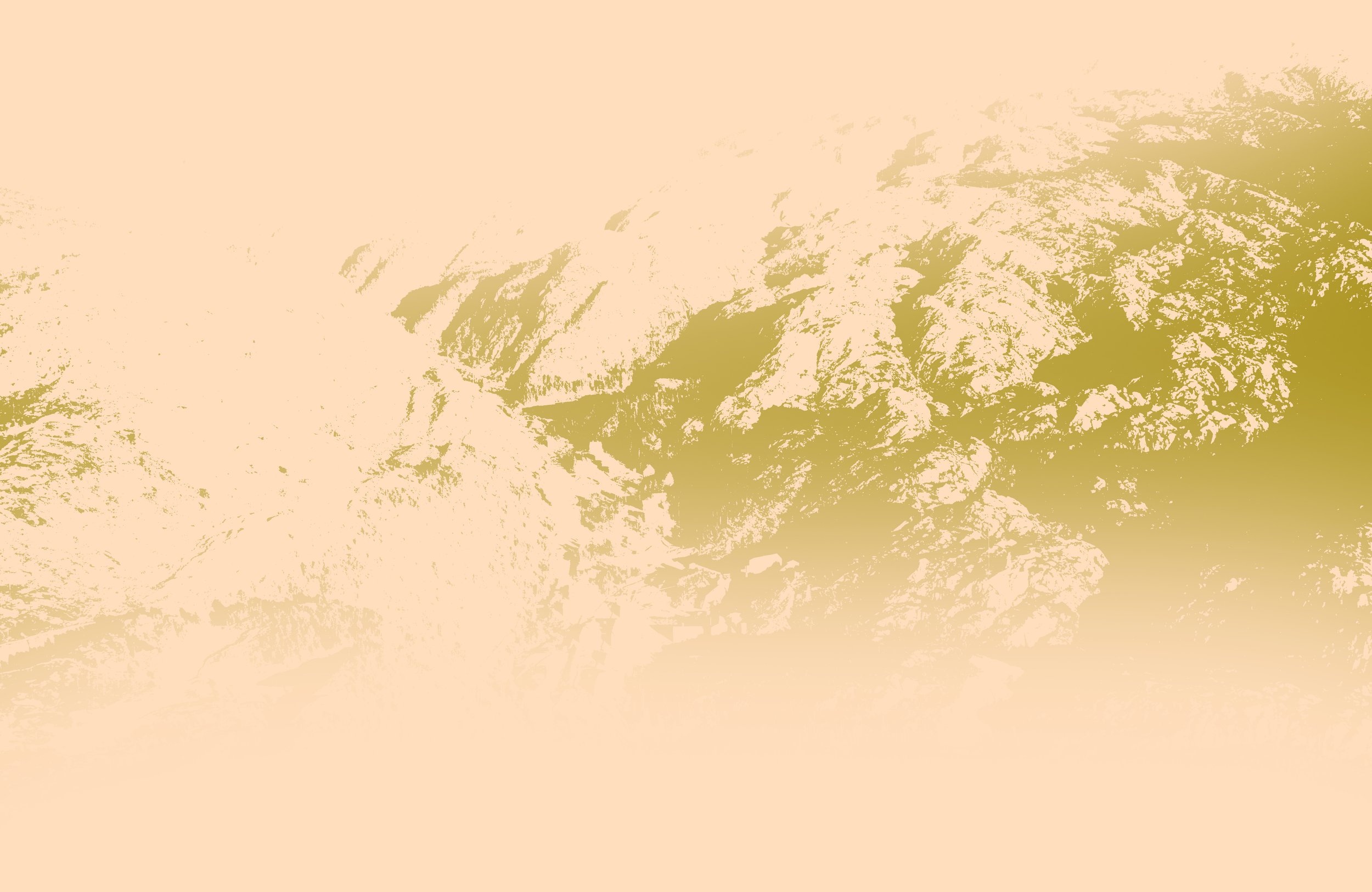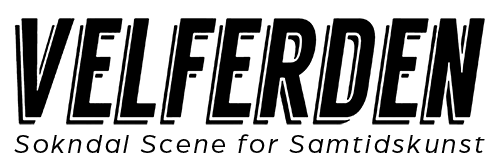
Lydia May Hann
Lydia May Hann is a British textile artist and costume designer who works with Norwegian wool to engage with landscapes and stories.
She is a recent graduate from the MA Design program at the Oslo National Academy of the Arts. As the granddaughter of a miner in County Durham, she is interested in the ghosts of toil in the landscape and finding ways to bring out their stories.
Lydia has, among other things, exhibited at the National Museum in Oslo with a work where Norwegian sheep's wool was in the center.
Lydia was on residency with us in April 2024. During this period, she worked with wool from Norwegian wild sheep, donated by a local farmer from Sokndal. The wool from Norwegian wild sheep is considered "undesirable" and much of the wool sheared each year is discarded to rot or burned. She herself writes about her stay:
"At Velferden I pondered the wool in parallel with the mining landscape and the landfill. The landfill is a 6 million ton monument to perceived value and sacrifice; a thumbprint from the pressures of global trade, but also a symbol of a specific, enriched and vibrant community and society.
During my stay at Velferden I wanted to work with the wool spontaneously, absorbing the spirit and physicality of the landscape and communicating it through my work with felting, spinning and knitting. Wool sheared from a sheep more or less retains its shape and thus a kind of replica of the animal can unfold with all its mountainous variations of colors and textures intact. Felting preserves what the sheep grew and the artistic expression of nature. Spinning and knitting is a treatment of the fibers; like titanium dioxide being "spun" from dark stone, from something rough and dirty to something controlled and uniform.
Part of this process is separating the fluffy wool from the long guard hairs that protect the Norwegian wild sheep from the elements, but are also the source of their rejection because these hairs are difficult to work with. Spinning with the guard hairs takes longer and requires more care than wool roving, but it's a reminder not to write off the waste product if you can.
In the end, two stories found their way into my periphery and drew out characters in the wool that concluded my visit; the eyes of the mountain looking down through the studio window. And the hands clutching the miners' banner in a universal symbol of friendship.
The wool shaped itself, felted with the help of sand and gravity knocking it down the side of the landfill (an anecdote; the wool has to be rolled about 600 times to felt solid), and found its eyes in the spectrum of tones in the wool. The Tabernacle represents the struggle of communities built around a dangerous toil, an association linked to suffering familiar to miners through the ages, but also the trauma that comes with its loss. It is a hand reaching out from the dunes and from the rock; a hand reaching for help, salvation, in gratitude or friendship, or all of these things at once, and Velferden is a place where its call can be answered."
Photo © Lydia May Hann
See the felting process here:







